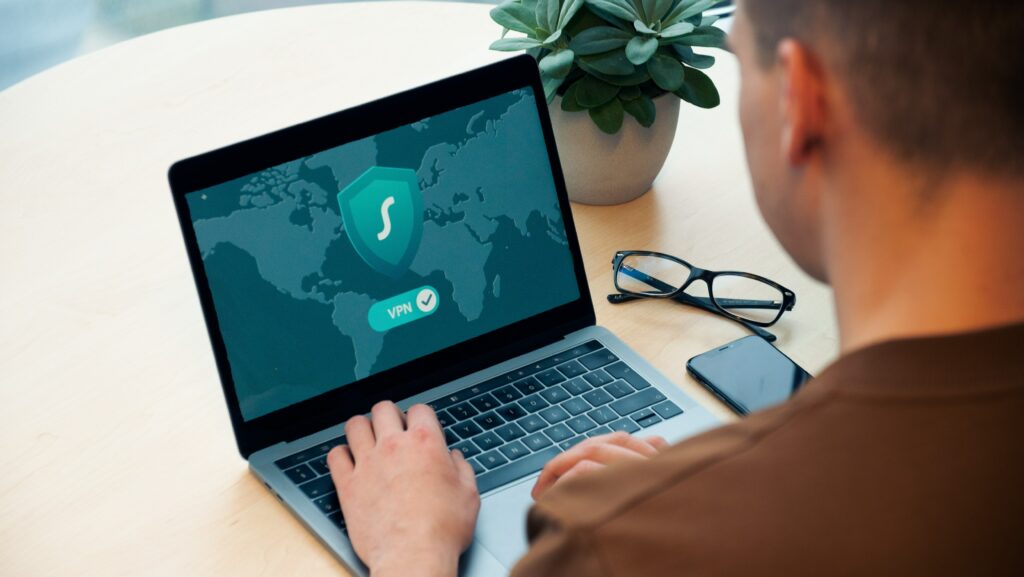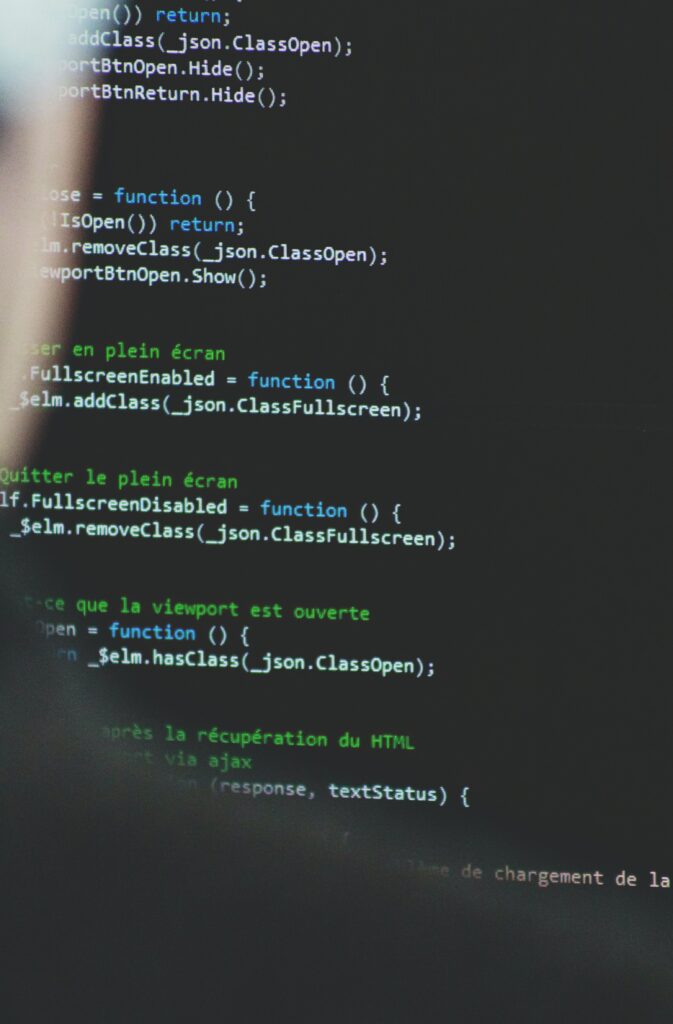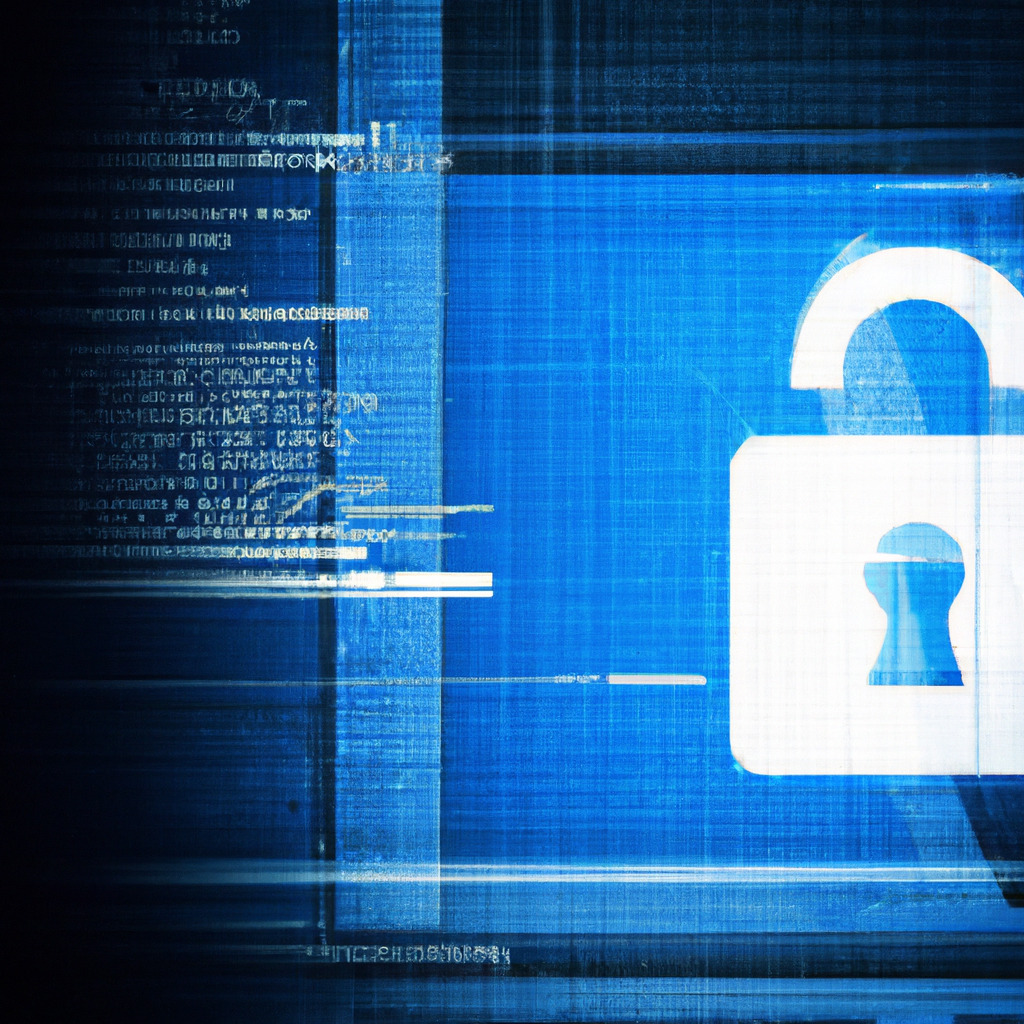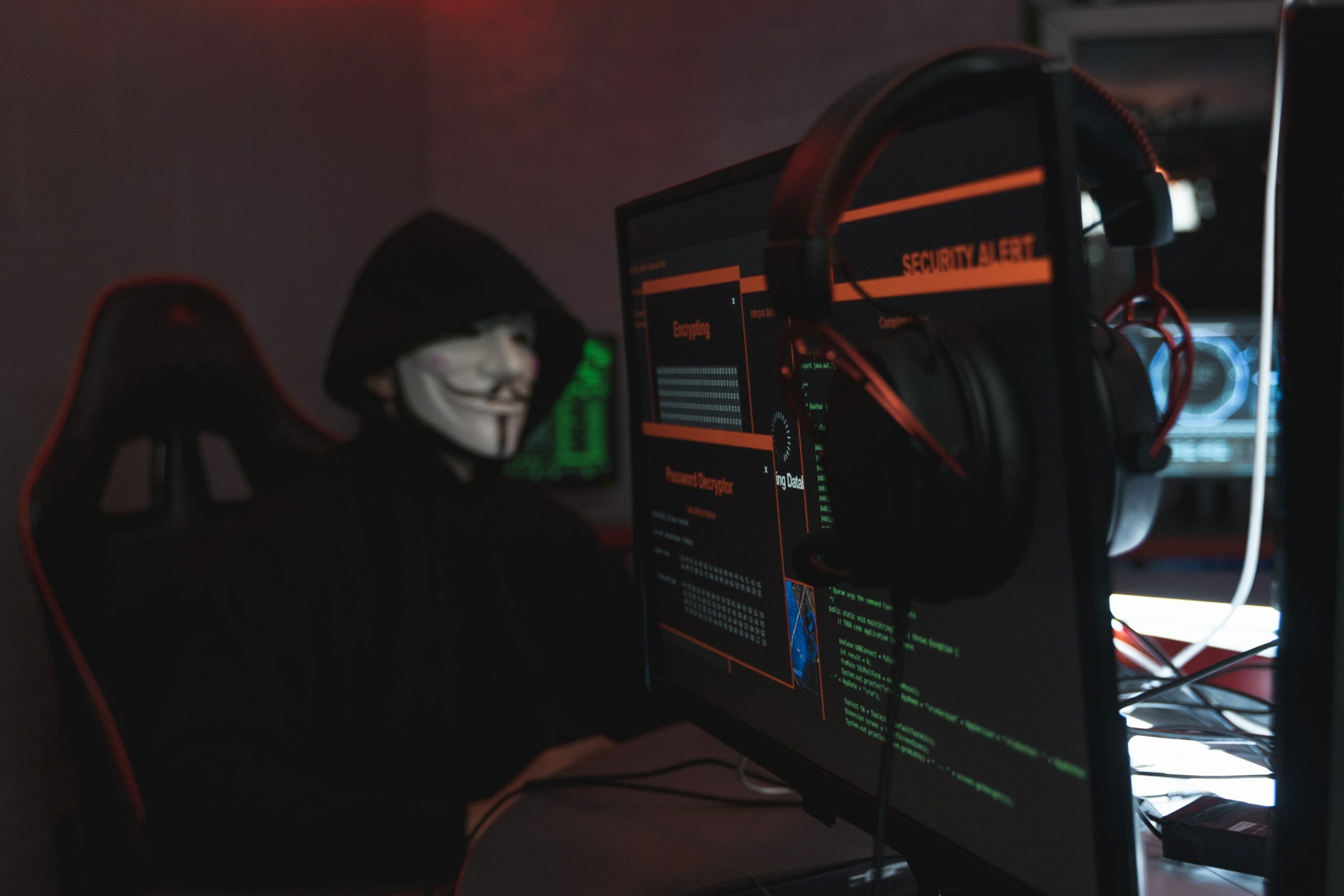Hey there, in today’s digital era, cyber security has become more than just a buzzword – it’s a necessity. Welcome to Cyber News Flash, where we discuss the latest incidents in cyber security that you might have missed. Today, we’re diving deep into three major ransomware attacks: the attack on Seiko, the breach at Okta, and the record high ransomware rampage in the US. Stay with us as we explore these stories and provide valuable insights on how to protect yourself and your data.
First up, the ransomware attack on Seiko exposed sensitive customer data, highlighting that no organization is exempt from such attacks. We’ll then delve into the breach at Okta, a sophisticated cyber assault with widespread implications, wiping out over $2 billion in market cap. Finally, we’ll address the concerning trend of increasing ransomware attacks in terms of both frequency and severity. Alongside discussing the latest trends, we’ll provide practical tips on how to safeguard your data, such as keeping software up to date, using strong passwords and multi-factor authentication, regularly backing up your data, and exercising caution when opening emails and attachments. Remember, if you fall victim to a ransomware attack, be sure to contact a cybersecurity expert immediately for assistance. Let’s get started and stay safe in this interconnected world.

Ransomware Attacks on Seiko
In recent news, Seiko, a renowned watchmaker, fell victim to a sophisticated ransomware attack that resulted in the exposure of sensitive customer data. The attackers used ransomware, a malicious software, to compromise Seiko’s systems and gain unauthorized access to private information. This incident serves as a stark reminder that ransomware attacks can happen to any organization, regardless of size or industry.
Following the breach, Seiko has been working tirelessly to manage the situation. They have implemented measures to secure their systems, strengthen their network security, and offer assistance to those affected. Additionally, Seiko has collaborated with law enforcement agencies to bring the attackers to justice. This incident highlights the devastating impact of cyber attacks on businesses and their customers, causing not only financial loss but also damaging trust.
Ransomware Attacks on Okta
Another noteworthy ransomware attack occurred at Okta, a company that provides identity and access management services to many businesses and organizations. This attack is significant because it demonstrates that even the most sophisticated cybersecurity companies are vulnerable to ransomware attacks.
The consequences of the attack on Okta were severe, causing the company’s market cap to drop by more than $2 billion. The aftermath was challenging for the company as they had to manage the crisis and reassure stakeholders. This incident emphasizes the profound financial implications that cyber attacks can have, extending beyond the loss of data to real dollars and cents. The costs associated with damage control, reputational loss, and customer compensation can quickly escalate.

Overall Trend of Ransomware Attacks
These two cases are not isolated incidents but part of an alarming trend of increasing frequency and severity in ransomware attacks. Cyber criminals are relentless in their pursuit to exploit vulnerabilities in our digital spaces, and the United States has become the top target for these attacks. The impact of ransomware attacks extends beyond personal data and affects national security as well.
This escalating threat underscores the importance of fortifying our cyber defenses and staying one step ahead of these digital predators. It is crucial for everyone to be aware of the risks and take steps to protect themselves and their data.

Tips for Protecting Yourself and Your Data
In addition to discussing the latest trends in ransomware attacks, it is essential to provide tips on how individuals can protect themselves and their data from such attacks. Here are some effective measures:
Keeping your software up to date
Regularly updating your software, including antivirus and operating systems, is crucial in protecting your devices from potential vulnerabilities. Software updates often include security patches that address known weaknesses that cybercriminals may exploit.
Using strong passwords and multi-factor authentication
Creating strong, unique passwords and implementing multi-factor authentication (MFA) adds an extra layer of security to your accounts. Strong passwords should consist of a combination of uppercase and lowercase letters, numbers, and special characters. Additionally, enabling MFA ensures that even if your password is compromised, an additional authentication step is necessary for access.
Backing up your data regularly
Regularly backing up your data ensures that, in the event of a ransomware attack or any other data loss situation, you can restore your files without paying a ransom. It is vital to store backups in a secure location, preferably offline or in the cloud with robust encryption.
Being careful about what emails and attachments you open
One common method for ransomware distribution is through malicious email attachments and links. Exercise caution when opening emails from unknown senders or unexpected sources. Be skeptical of unsolicited attachments and double-check the legitimacy of the email before opening or clicking on any links.

Steps to Take if You are a Victim of a Ransomware Attack
If you become a victim of a ransomware attack, it is crucial to take immediate action to minimize the damage and recover your data. Here are some essential steps to consider:
- Disconnect from the network: Once you realize that your system has been compromised, disconnect from the network to prevent the malware from spreading further.
- Report the incident: Contact your organization’s IT department or a cybersecurity expert to report the attack. They can guide you on the appropriate steps to take and provide assistance in mitigating the damage.
- Preserve evidence: Preserve any evidence related to the attack, such as screenshots or log files. This evidence may be helpful for law enforcement agencies and cybersecurity experts in investigating the incident.
- Restore from backup: If you have regularly backed up your data, restore your files from a clean backup source. Ensure that the backup was created before the attack occurred to prevent re-infection.
- Strengthen security measures: After recovering from a ransomware attack, it is crucial to assess your security measures and implement any necessary enhancements. This may include updating software, improving network security, and educating employees on best practices to prevent future attacks.

Conclusion
Ransomware attacks are a growing threat in today’s interconnected world. The incidents involving Seiko and Okta highlight the need for robust cybersecurity measures and individual vigilance in protecting ourselves and our data. By keeping our software up to date, using strong passwords and multi-factor authentication, regularly backing up data, and being cautious about email attachments, we can significantly reduce the risk of falling victim to ransomware attacks.
In the unfortunate event of a ransomware attack, prompt action and collaboration with cybersecurity experts are crucial. By following the steps outlined for victims, you can minimize the impact of the attack and take steps toward recovery. Ultimately, cybersecurity is not just an option but a necessity for individuals and businesses alike. In an increasingly digital world, investing in stronger cybersecurity defenses is of paramount importance to stay safe and secure.
